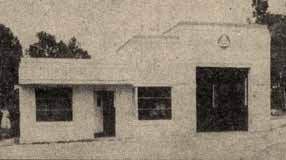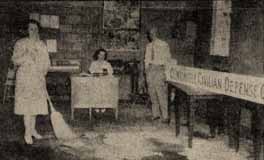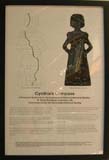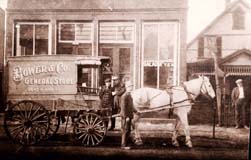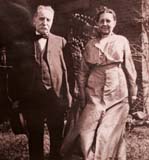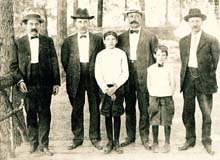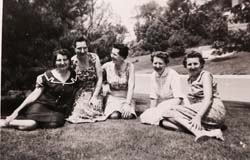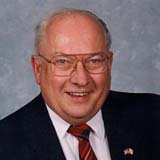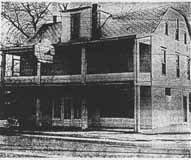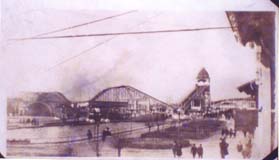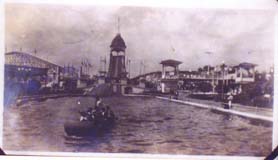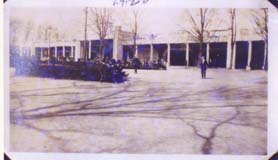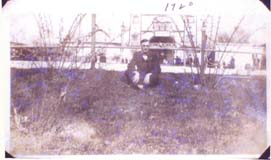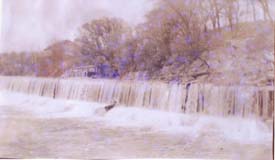Newspaper Boys
Friday, December 11th, 2015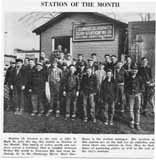 Bob Henry (North High School Class of 1957) was kind enough to share this photograph of himself in the days when he was a Columbus Dispatch carrier.
Bob Henry (North High School Class of 1957) was kind enough to share this photograph of himself in the days when he was a Columbus Dispatch carrier.
The Dispatch sub-station he was posted from was located in the alley behind the Clinton Theater on High Street. This picture was taken circa 1950 and shows a bunch of Dispatch carriers in front of the station. Earl McBlain, shown in the doorway, was the station manager. From Bob:
In those days, the carriers, ages 10 to 15, would ride their bikes to the station after school, where Earl would count out our papers to us. The station had a bench along the walls, which we used to fold and bag our papers. In the center of the room was a pot-belly stove that burned yesterdays papers to keep us warm in the winter. Once we had bagged our papers, we rode to our routes throughout Clintonville. Mine was on West Dunedin, along Olentangy Blvd, Winthrop and Weston Place, about 70 houses. Carrying papers took a couple of hours each day, including Sat and Sun morning; on Thurs, and Fri nights we collected money from each house on the route, which required another couple of hours. I believe the cost was 40 cents per week for a seven-day subscription. The Weds Star cost another 15 cents. When my mom learned I was carrying the Star, which was a risqué paper in those days, she called Earl to complain, but he could not do anything about it.
On Saturdays before noon we had to go to the station to pay our paper bill of about $20 and kept the rest, about $8.
[Photo courtesy of Bob Henry]
